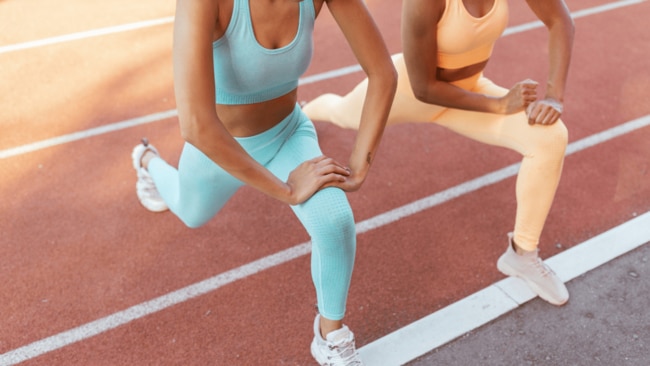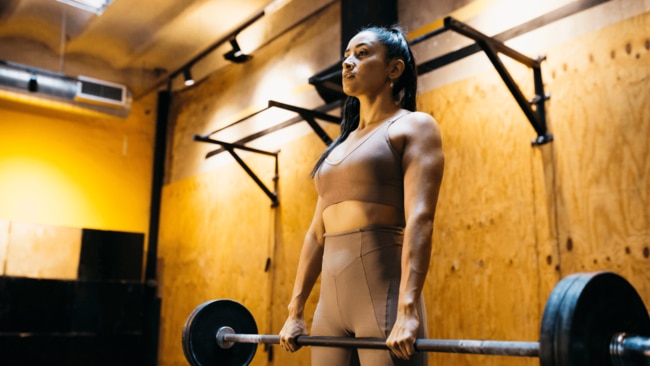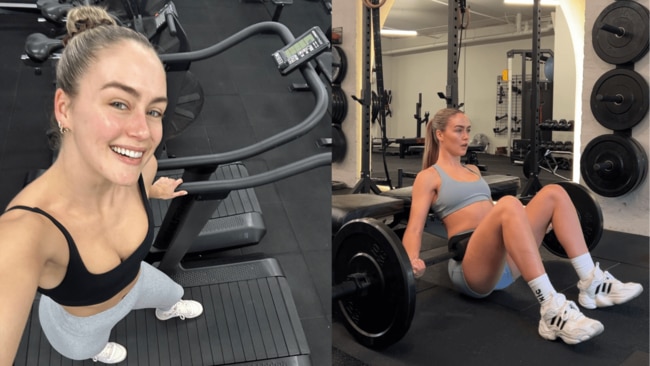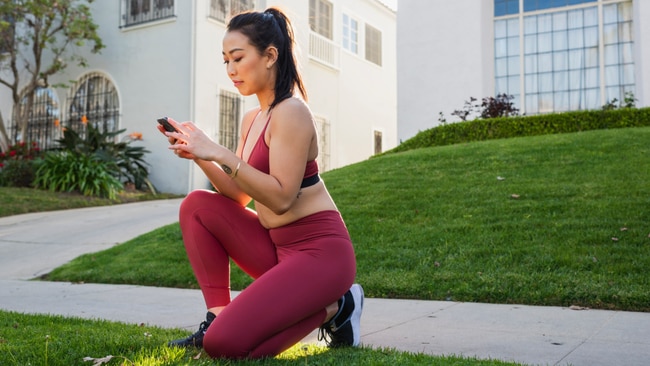Should you be doing cardio before or after weights?
We set the record straight

Lifestyle
Don't miss out on the headlines from Lifestyle. Followed categories will be added to My News.
It's the age-old question: should be picking up the weights before - or after - your treadmill session? We asked the experts to give us a definitive answer once and for all.
Some prefer to get their cardio out of the way first, finishing a session with more controlled exercises. On the other hand, others advocate cranking up your heart rate at the end of your workout, savouring the intense challenge - but which is the right order?
While we understand that peak fitness comes from a combination of the two, there’s still some disagreement about where in your workout plan each should sit.
When deciding what constitutes the perfect workout, personal trainer Danny Kennedy says the order of what to do first is one of the questions he is most commonly asked.
Like what you see? Sign up to our bodyandsoul.com.au newsletter for more stories like this.
"This may come as a surprise, but the short answer is… After. But if you’ve been doing it the other way around, don’t sweat, you’re definitely not alone," Kennedy tells Body+Soul.
Why you should do weights before cardio
Not only does Kennedy recommend strength before sweat, but he says it should make up the majority of your weekly training, with spurts of cardio supplemented throughout.
"Cardio is tiring work, so it’s only normal to assume that you should smash out your cardio at the start of your workout when your energy is at its peak. But managing fatigue is one of the main reasons I recommend saving your cardio for the end," he explains.
"Strength training requires stamina, mental focus and effort, so it’s important to savour and channel your energy into lifting weights so you can move with proper form and intensity."

And those strength sessions can help you hit your cardio goals, too.
“As you gain more time in the gym you’ll begin to see just how important strength training is for any fitness goal and the improvements it will actually make to your ability to perform your cardio sessions at a higher level and increased confidence in your body,” Kennedy explains.
In saying that, your personal fitness goals must be accounted for. One of his clients, Kic co-founder Steph Claire Smith, says she plans her weekly workout schedule depending largely on her current goal.
"When it comes to planning my workouts for the week, it all comes down to my goals. At the moment I’m focusing on building my strength so the majority of my workouts are strength-based," explains Smith.
"I’m back at the gym once a week, following our Kic lift gym program, then I’ll aim for two Kic Pilates sessions from home and my cardio is generally a long walk on the weekend or a treadmill masterclass, depending on how I’m feeling."

The benefits of doing weights first
There are a few reasons Kennedy recommends saving cardio until the end of a session.
“Strength training requires stamina, mental focus and effort, so it’s important to savour and channel your energy into lifting weights so you can move with proper form and intensity,” he explains.
Finishing a hard weights session with cardio also promotes blood flow, helping overall recovery and reducing the intensity of DOMS (delayed onset muscle soreness).
This occurs after you've provided the muscle with enough of a stimulus (heavier weight, more reps, variation in exercises or increased intensity) that you've created micro-tears or 'muscle breakdown' which is essential for building strength and lean muscle growth.
By doing cardio afterwards, you can promote blood flow which helps with recovery and can potentially reduce the intensity of DOMS.
“You know that achy feeling a day or two after your workout? That’s DOMS,” says Kennedy.
Smith echoes his advice. While she considers the aches and pains to be a sign of a productive workout, chasing her toddler around after leg day isn't exactly her favourite thing to do.
“Whenever I’m doing strength training, whether it’s at the gym or at home, I’ll try to squeeze in a walk afterwards, or later in the day to get my muscles moving and blood flowing to help with recovery,” says Smith.

Follow your own lead
While the benefits of strength training before cardio are clear, Kennedy and Smith both agree that your training should ultimately be guided by how it makes you feel.
“It’s not a one size fits all approach to health and fitness. If you love a HIIT session before your strength training, you do you,” says the mum-of-one, who routinely changes up her routine.
"The most important thing is that you’re moving your body in a way that makes you feel good."
More Coverage
Originally published as Should you be doing cardio before or after weights?




